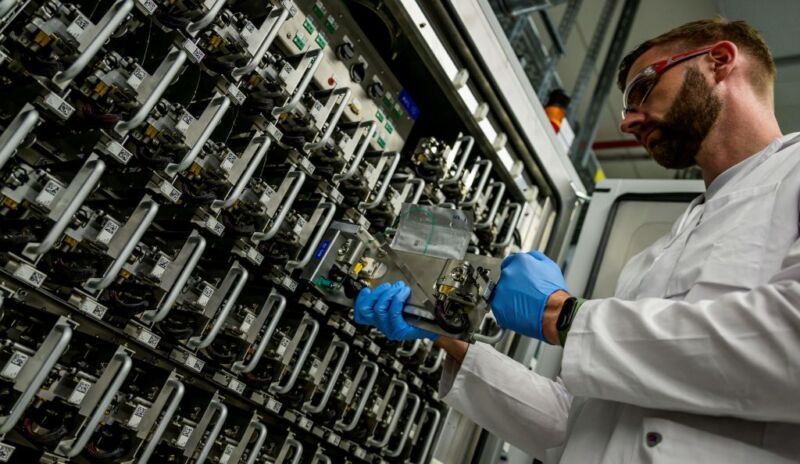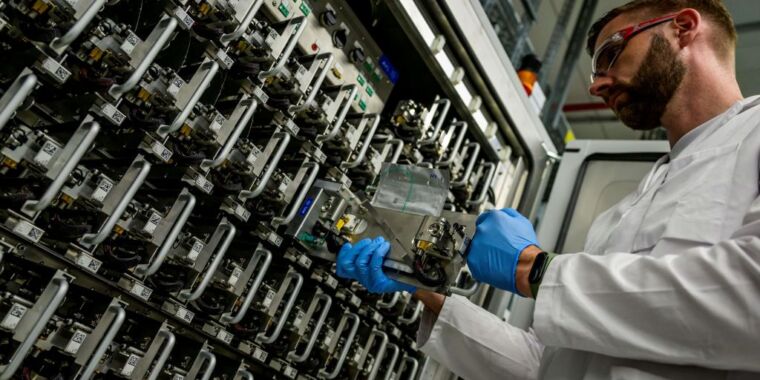
How much does an electric vehicle’s battery performance change in hot weather? How about cold?
If someone drives aggressively in an EV, how does that affect the battery life?
How much do variations in battery materials make a difference in how an EV performs in various conditions?
Researchers and manufacturers have partial answers to these questions based on the data they have collected. But they would know much more if they shared their data in formats they all could understand.
This is the premise behind the Battery Data Genome, a new initiative led by Argonne National Laboratory in Illinois and Idaho National Laboratory, among others. The name is a reference to the Human Genome Project, a monumental data-sharing project launched in 1990 that contributed to innovations in medical science.
“It’s going to take a lot of data, data from a lot of sources,” said George Crabtree, a distinguished fellow at Argonne and director of the Department of Energy’s Joint Center for Energy Storage Research.
Crabtree is one of more than two dozen co-authors of a paper published this month in the journal Joule announcing the project. Regular readers will recognize him as someone I often ask to help translate battery science into plain language.
The Battery Data Genome will collect information from every part of the battery life cycle, including basic data like how batteries respond to different types of charging and discharging, and additional variables like the effects of temperature, driving speed, and differences in the materials within the batteries.
The participants include national labs, like Argonne and Idaho, and anyone else who wants to join, which could include universities, automakers, and other businesses. The partners can choose how much they want to share.
“I think one of the things that everyone realizes is that some will be reluctant to join, because, you know, it compromises their secrets, trade secrets, and that’s OK,” Crabtree said. “It’s kind of an open decision for anyone who wishes to participate.”
The project is aiming to create a common set of standards for how battery data is formatted, so everyone is speaking the equivalent of the same language.
This story originally appeared on Inside Climate News.








